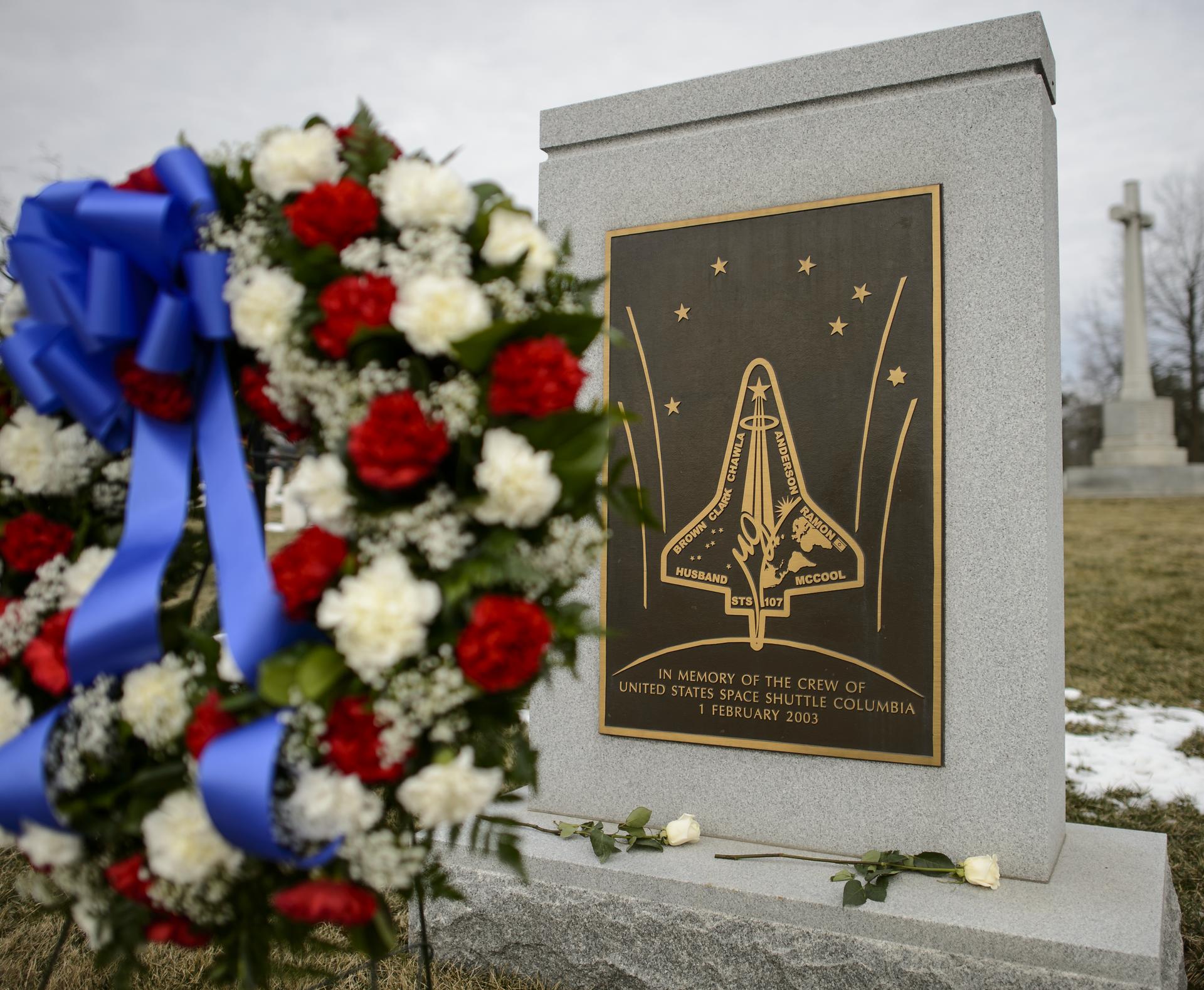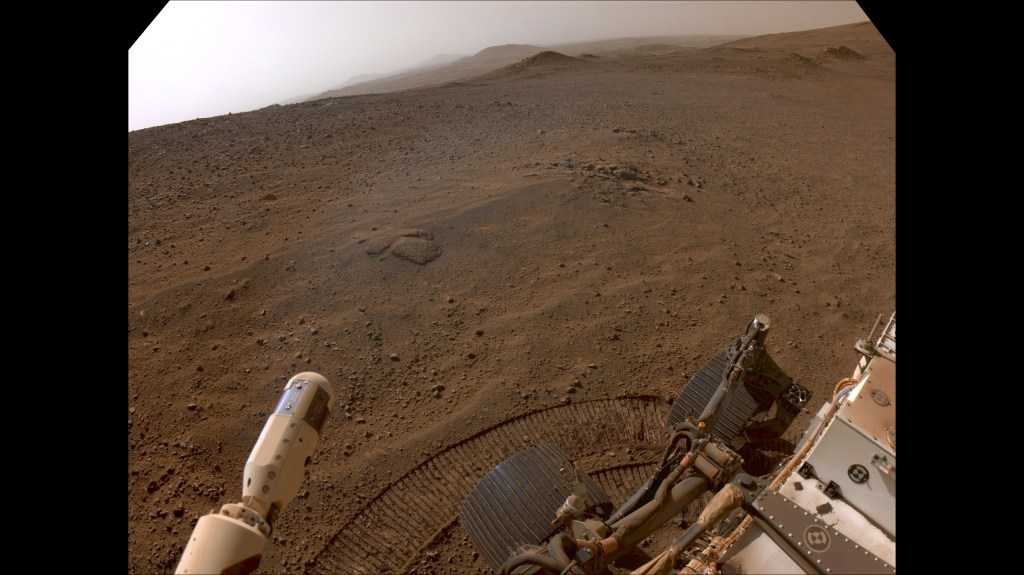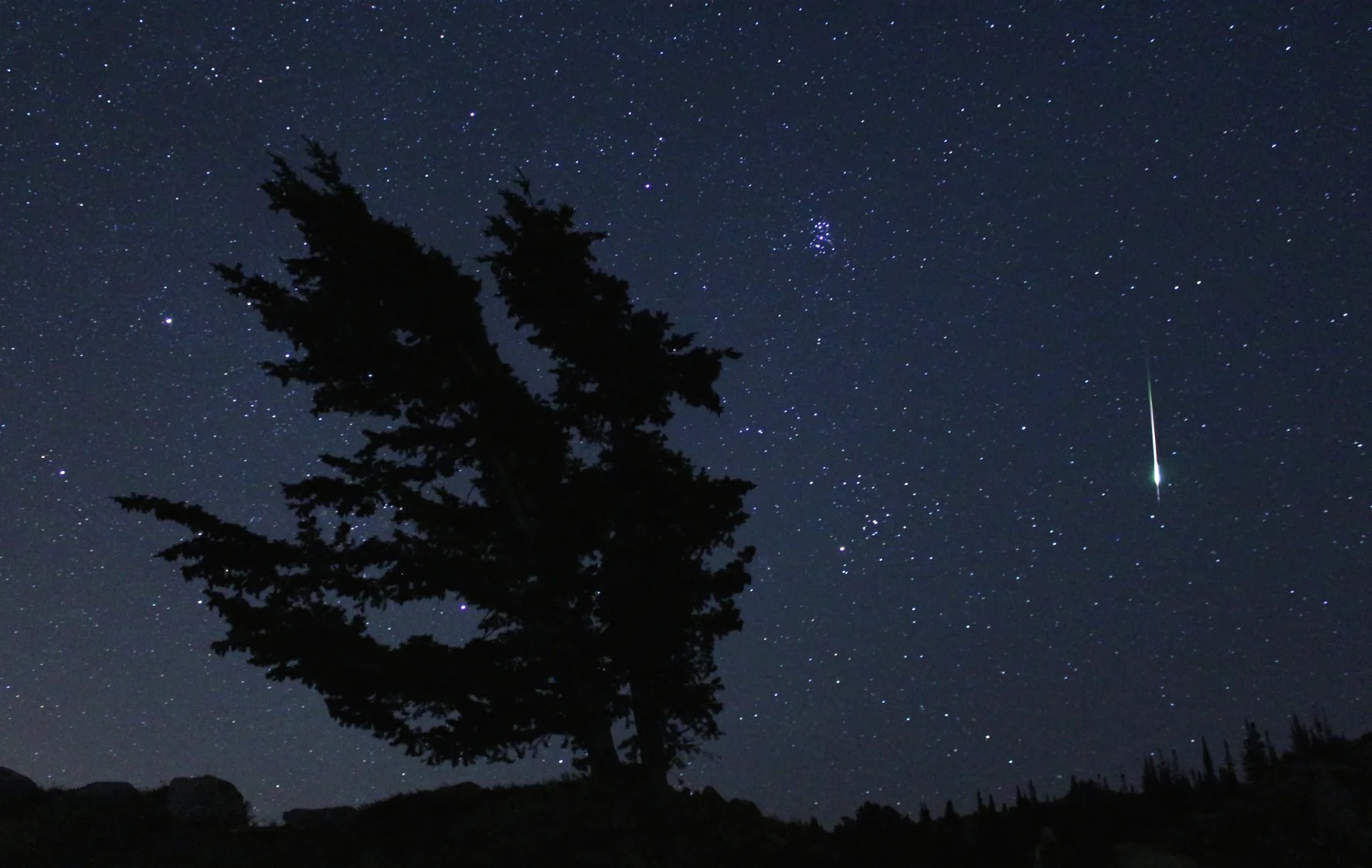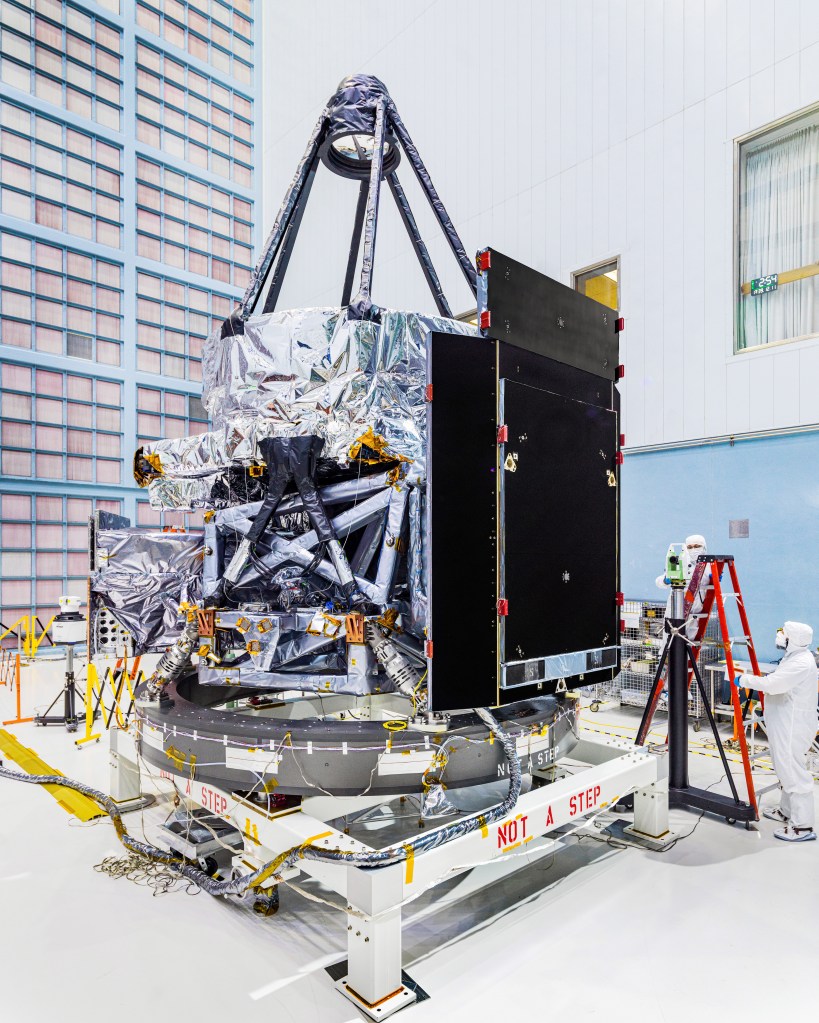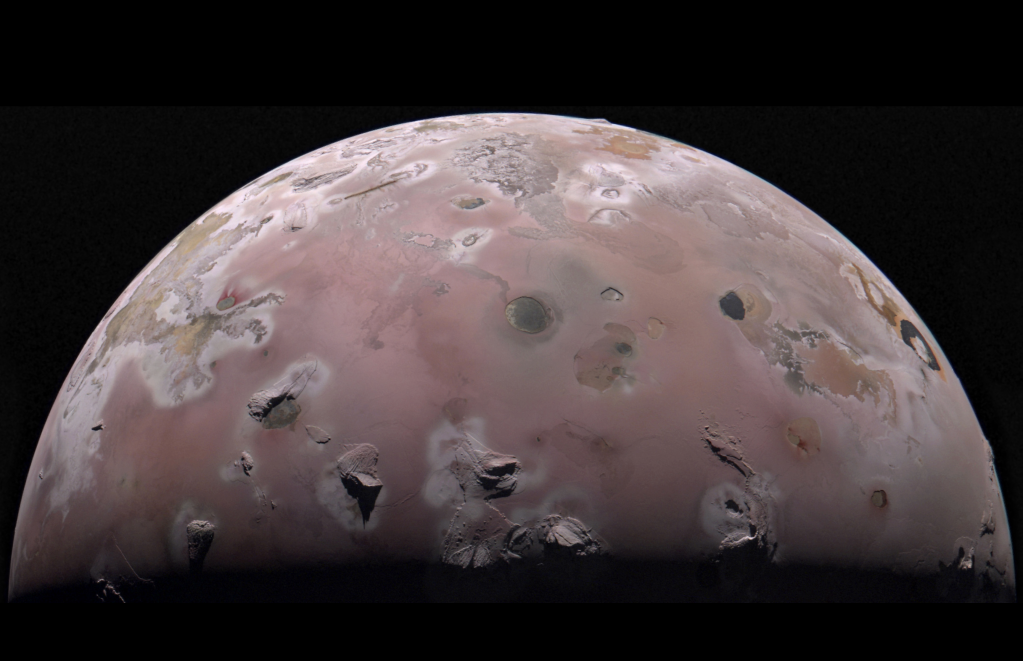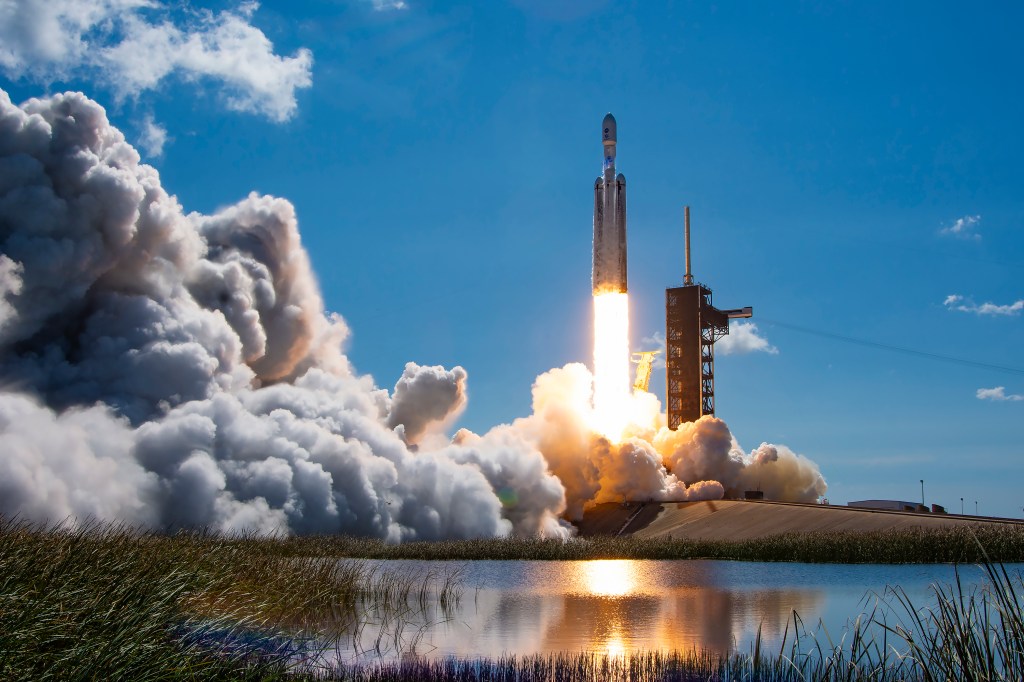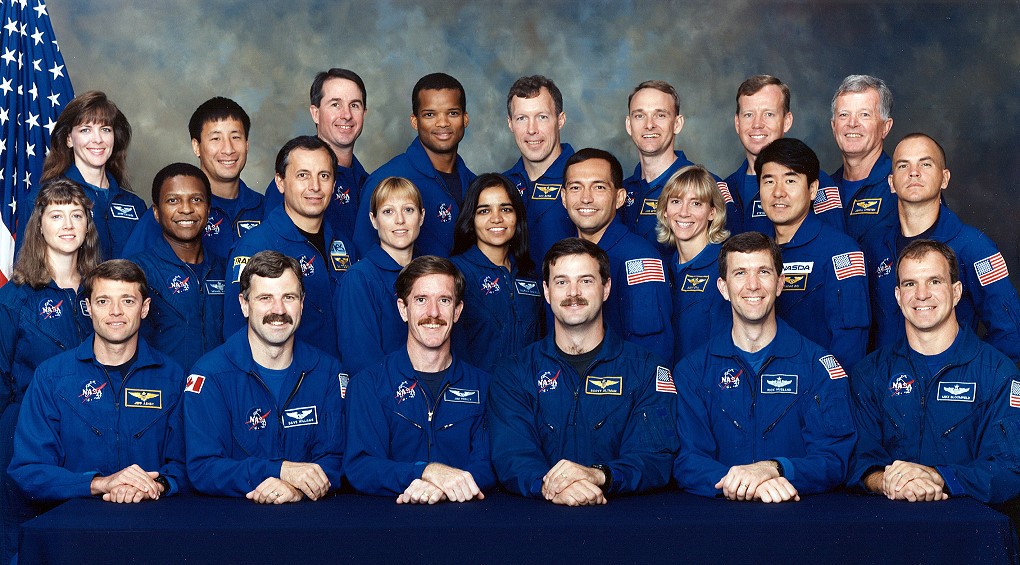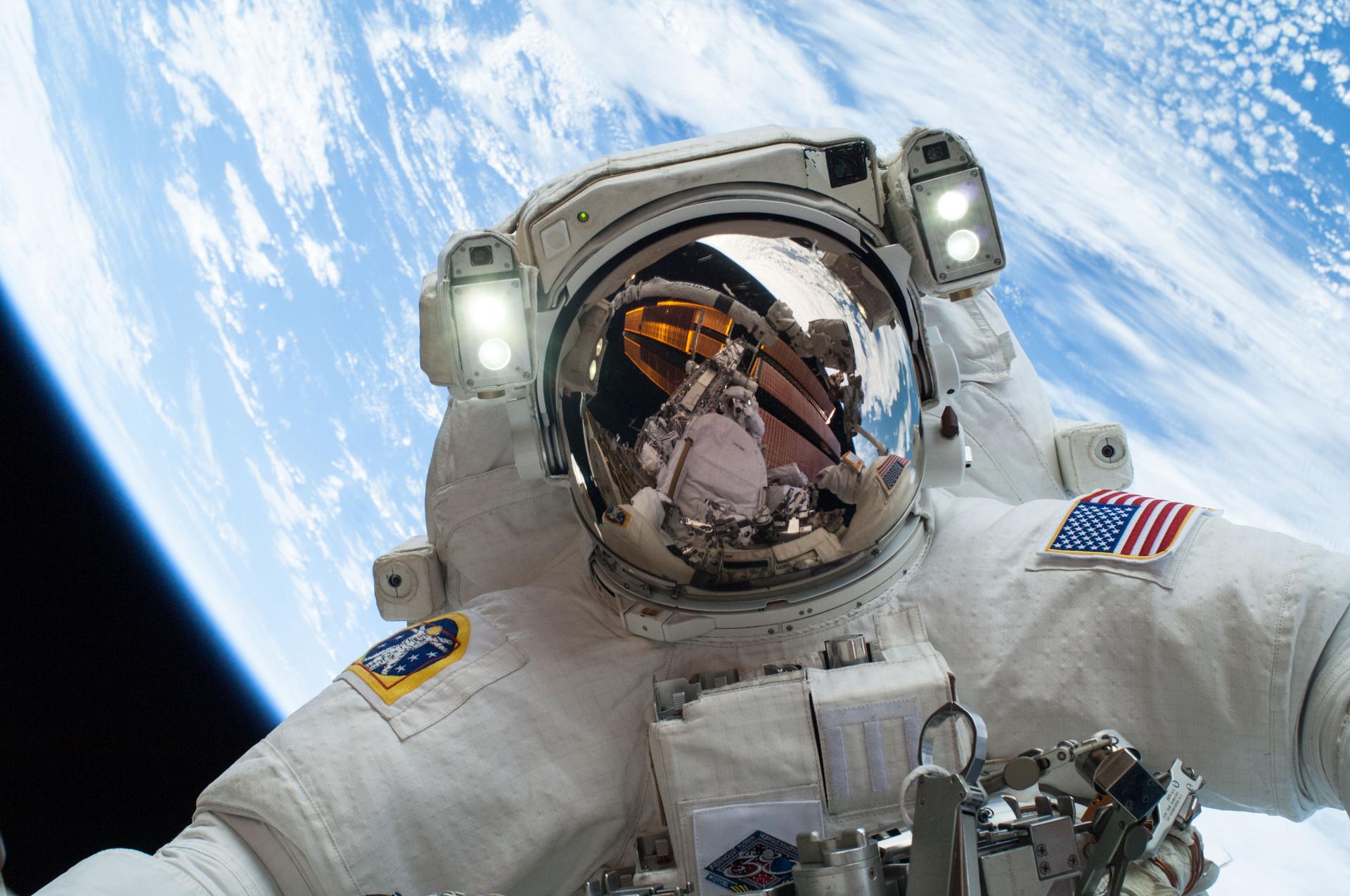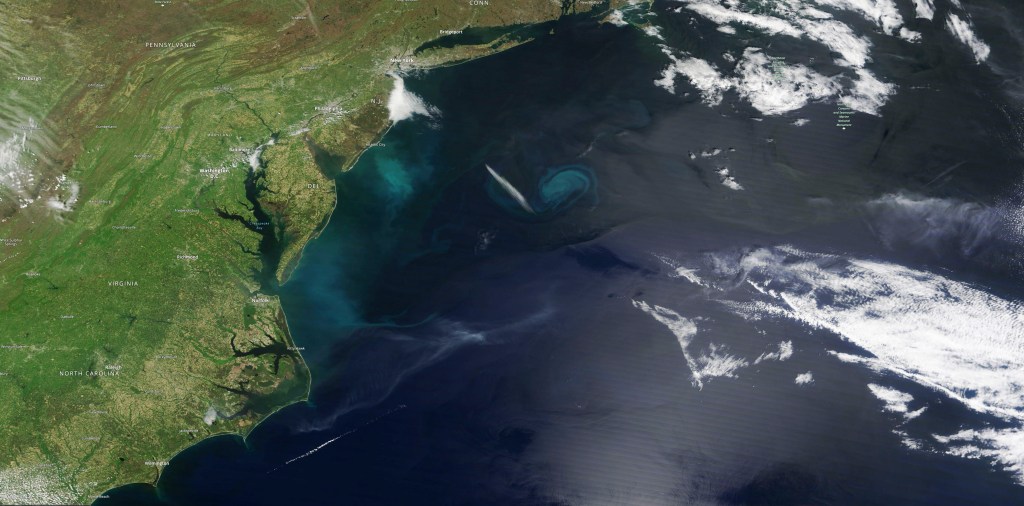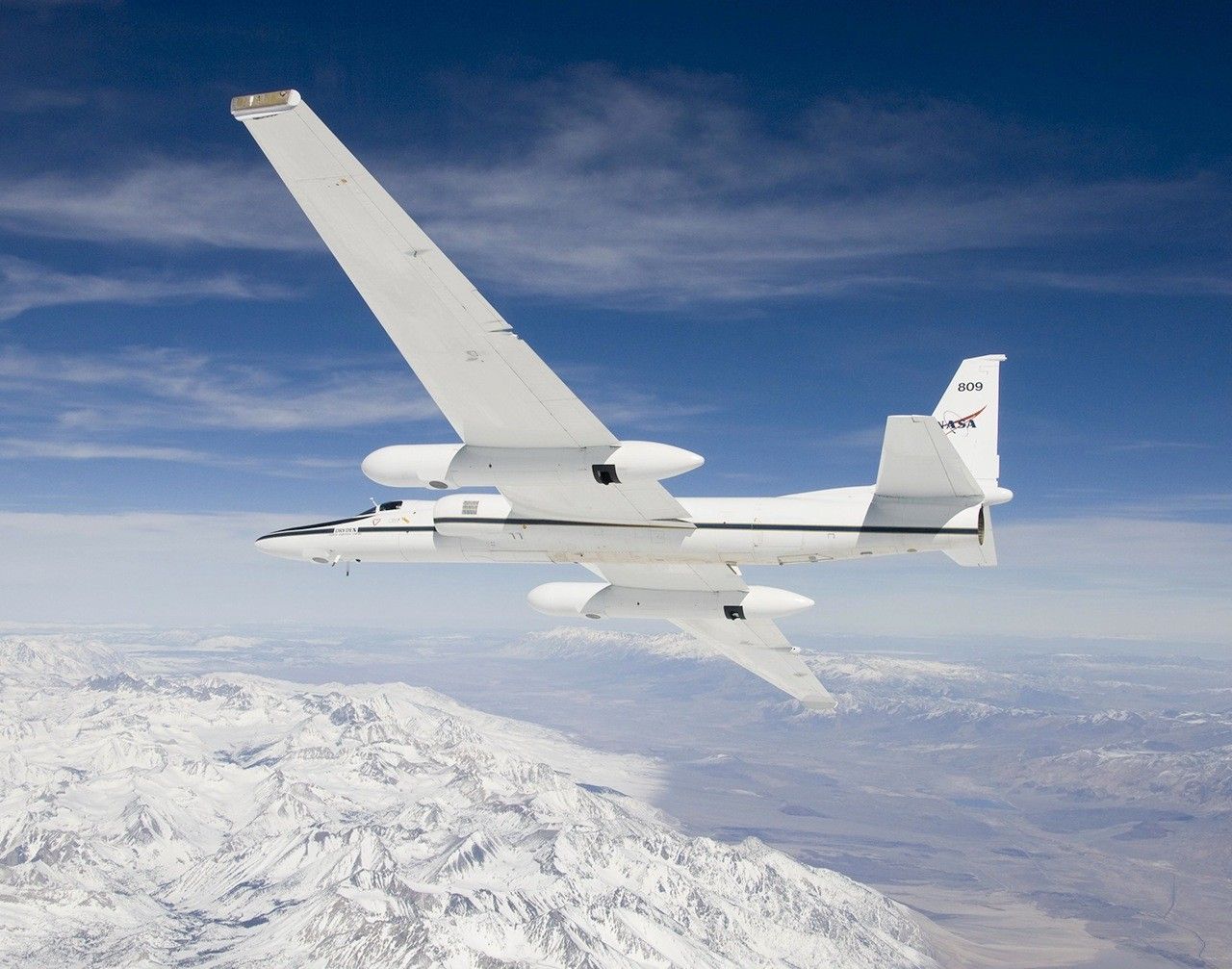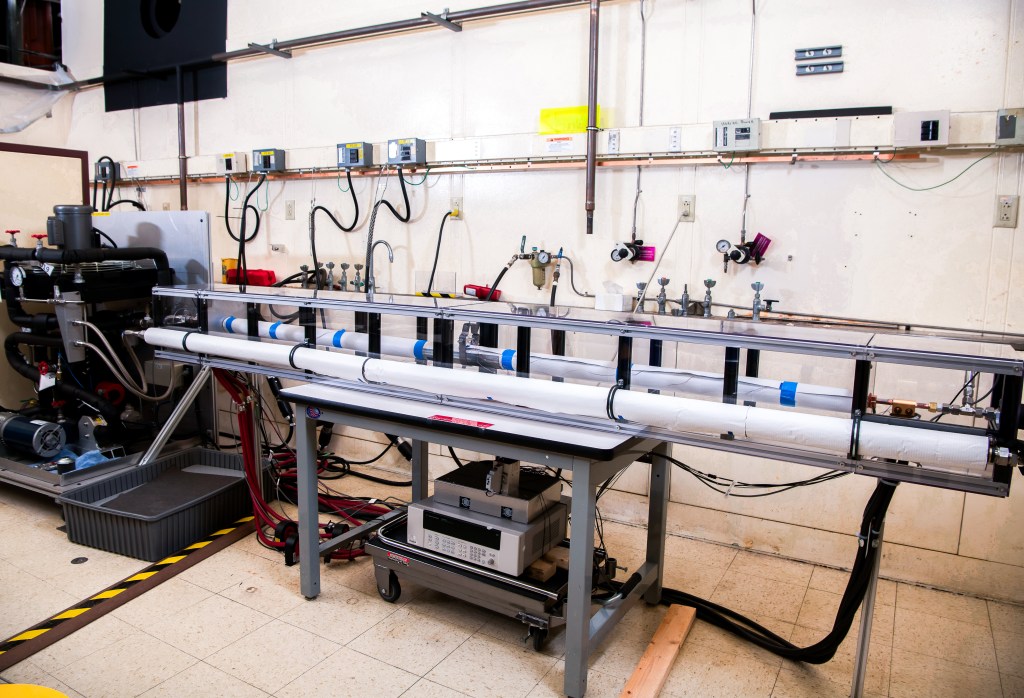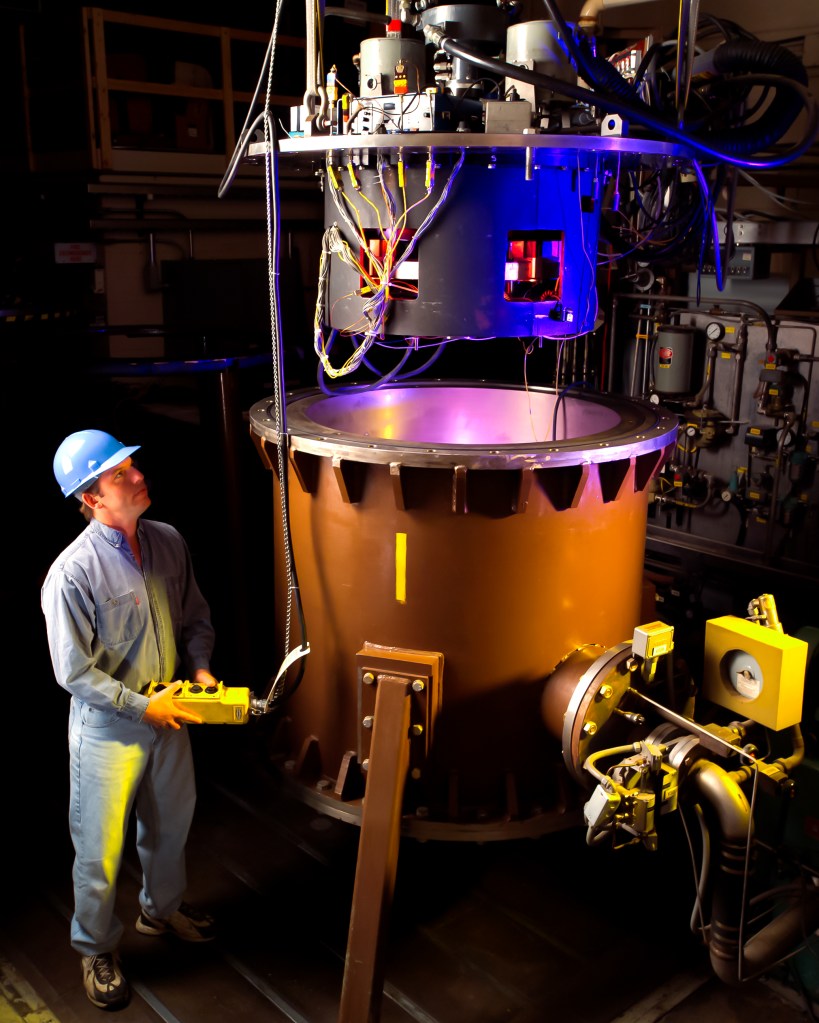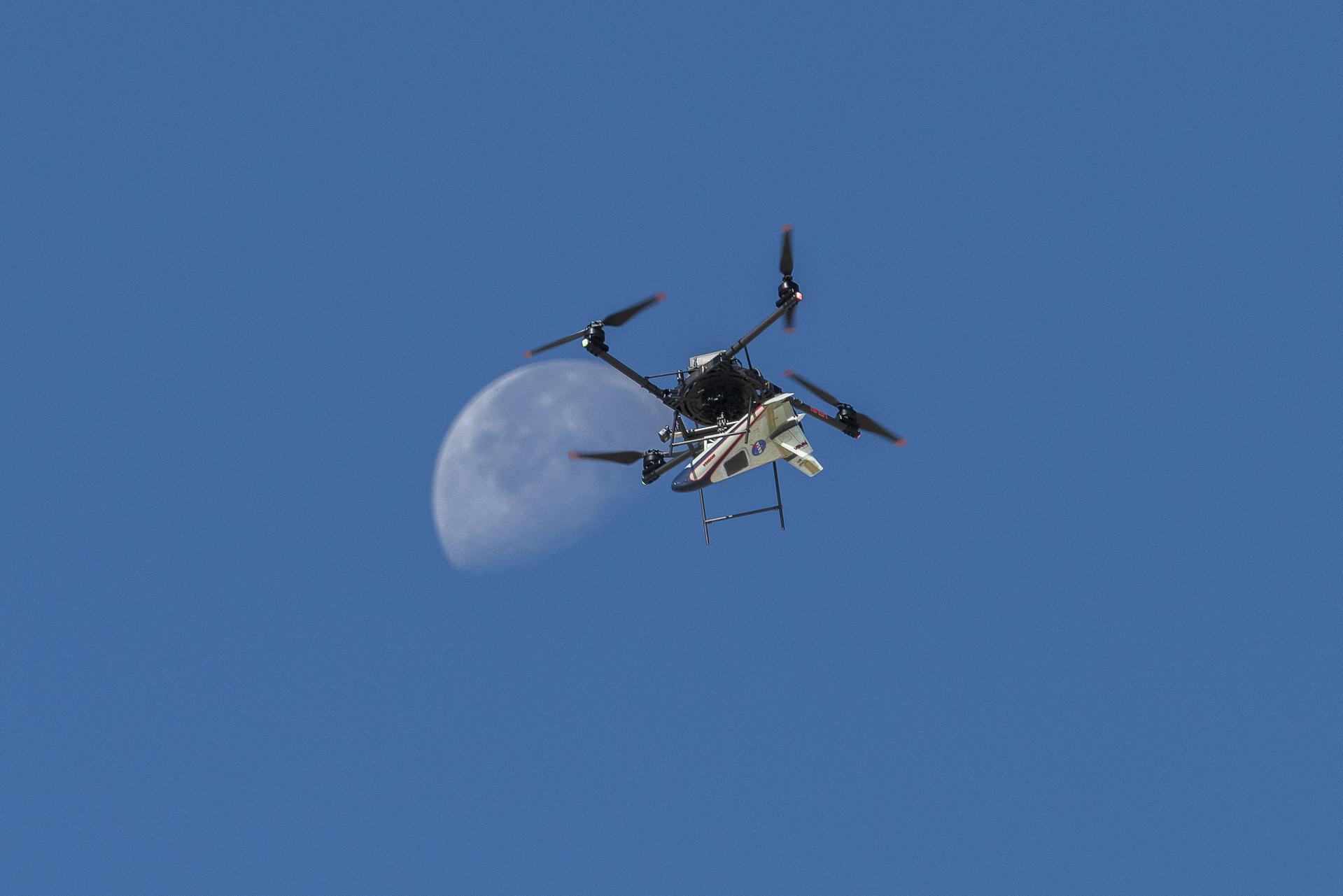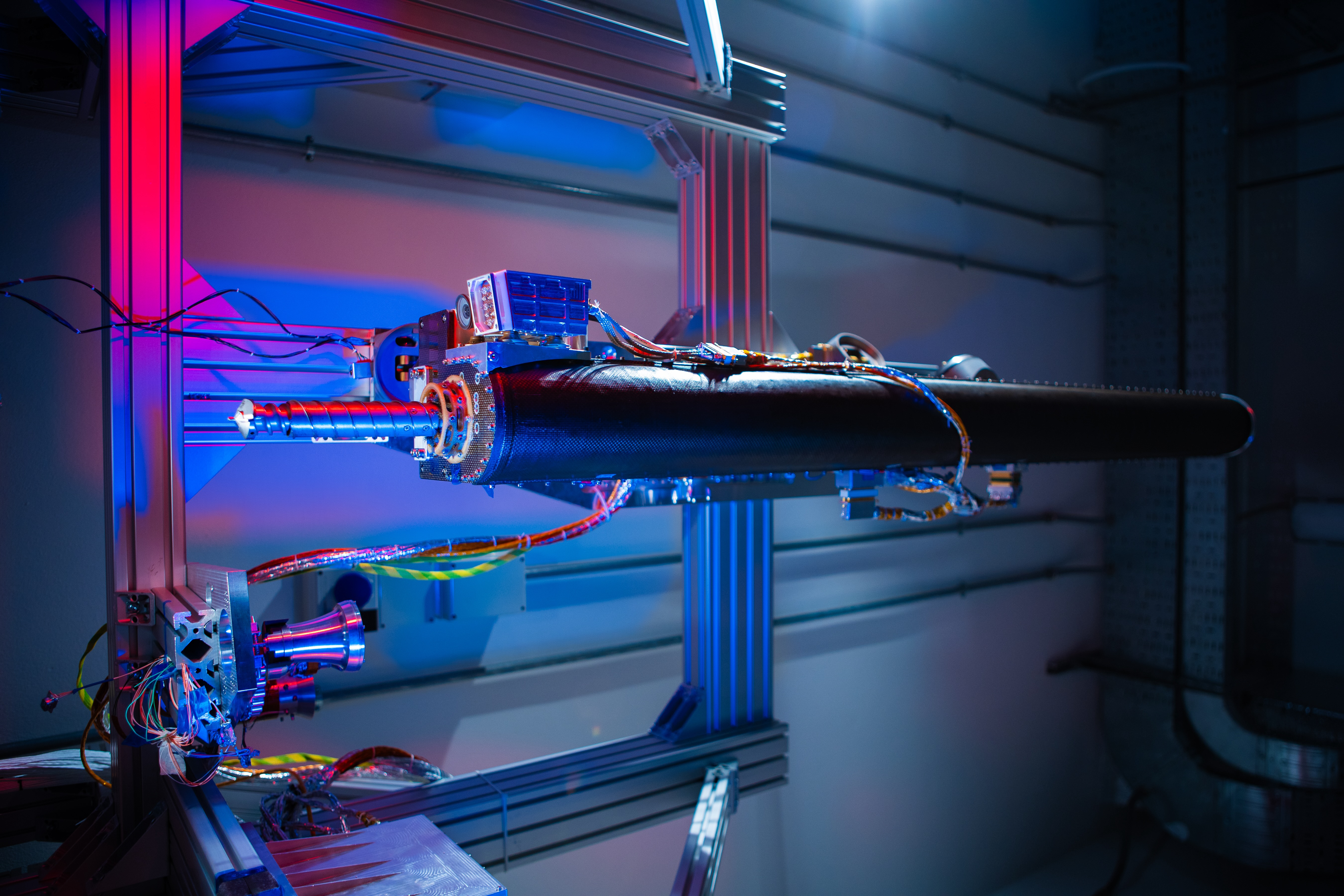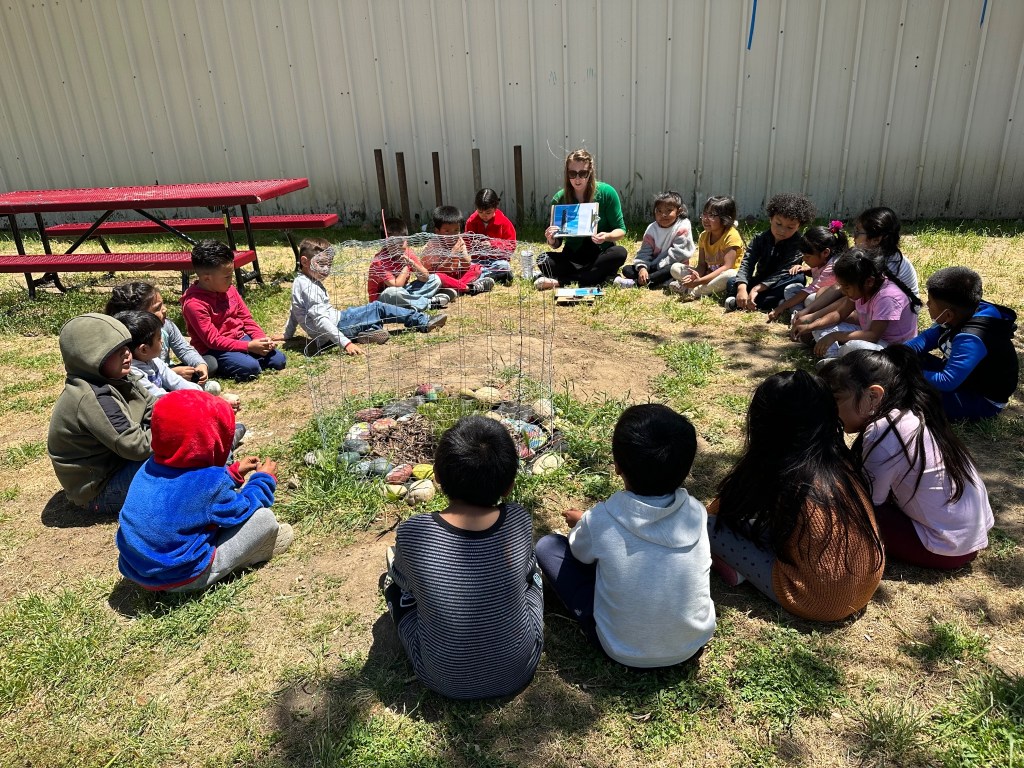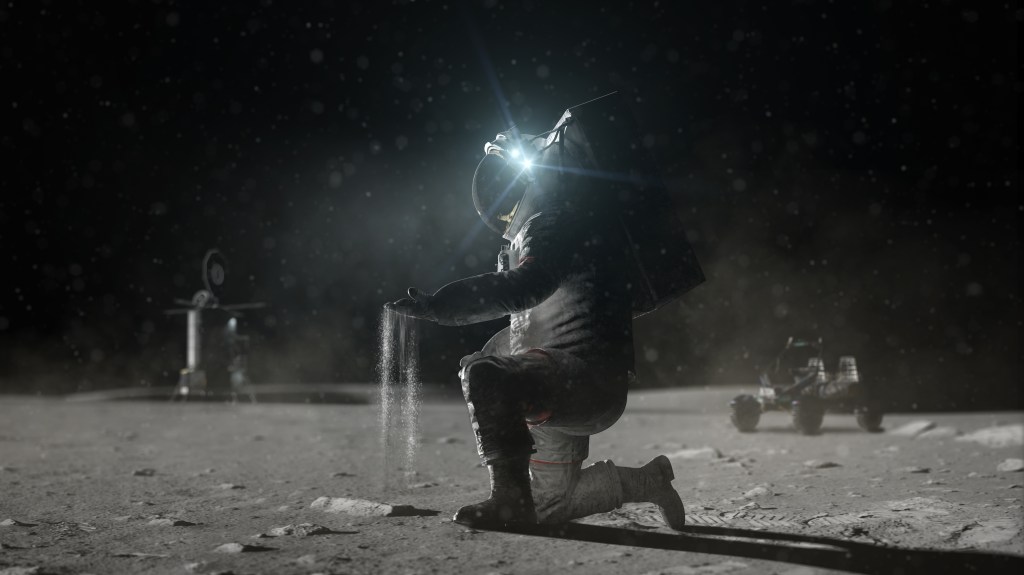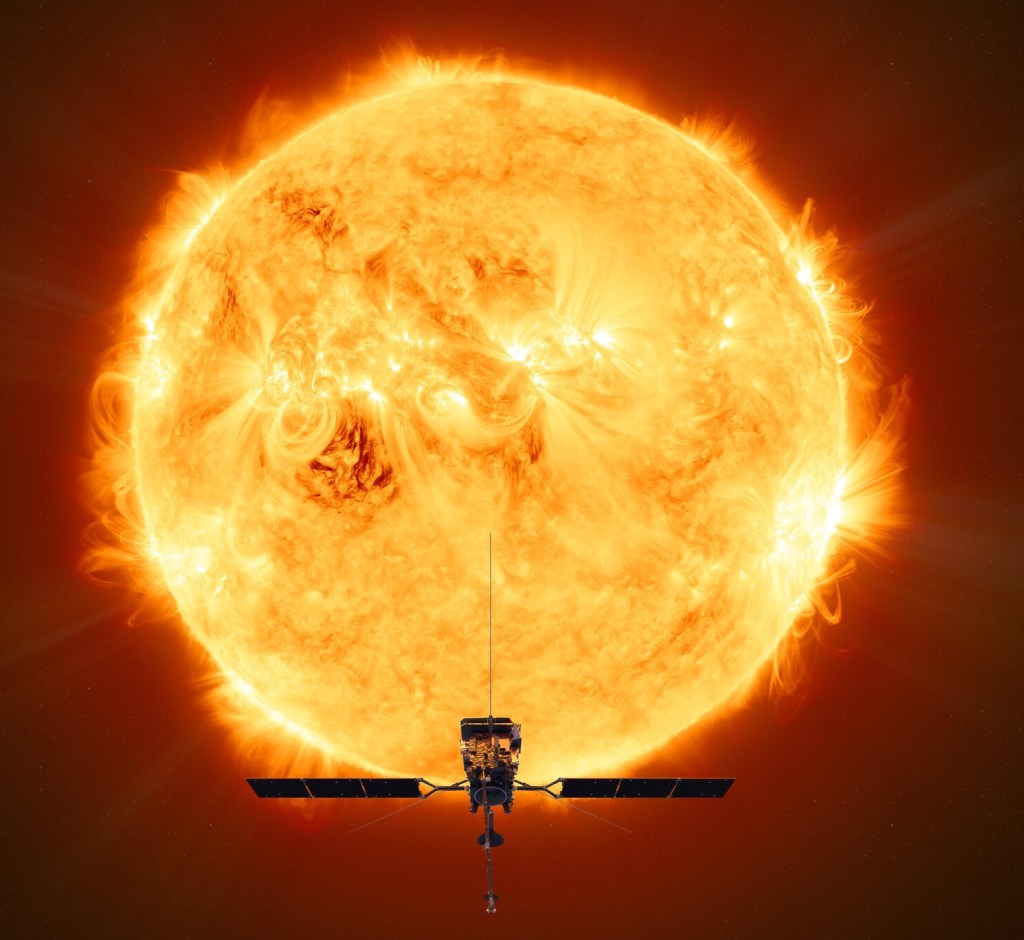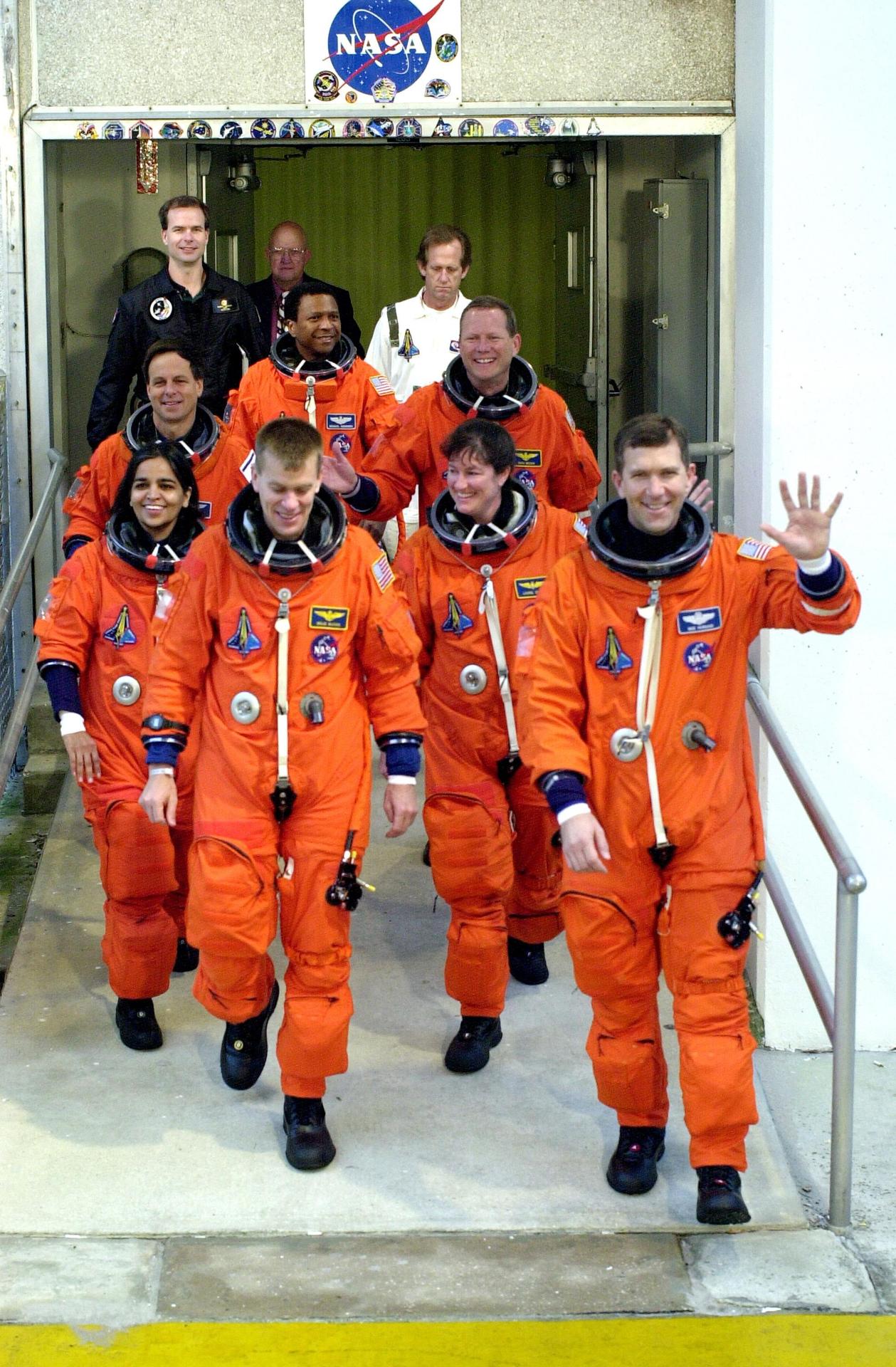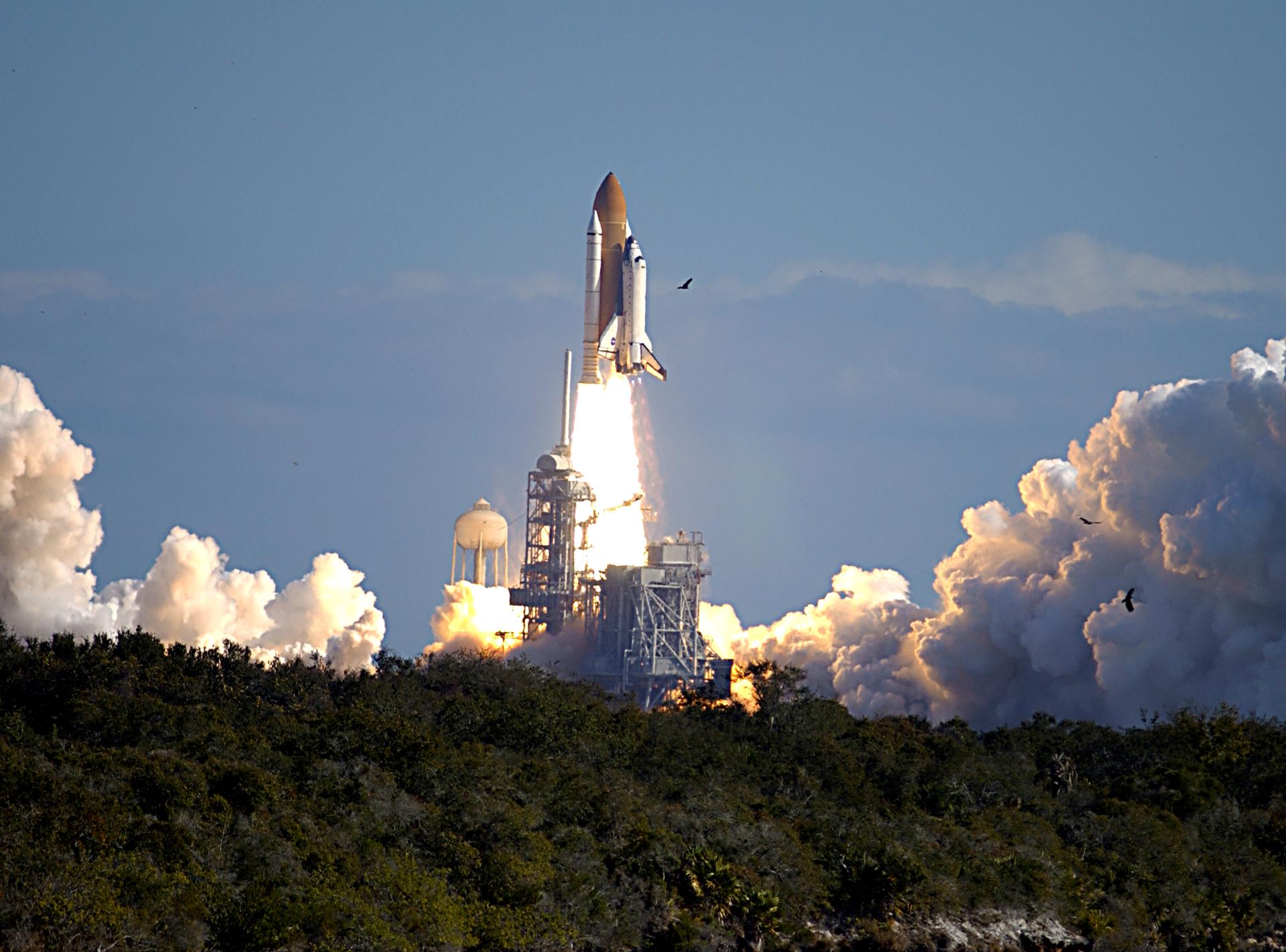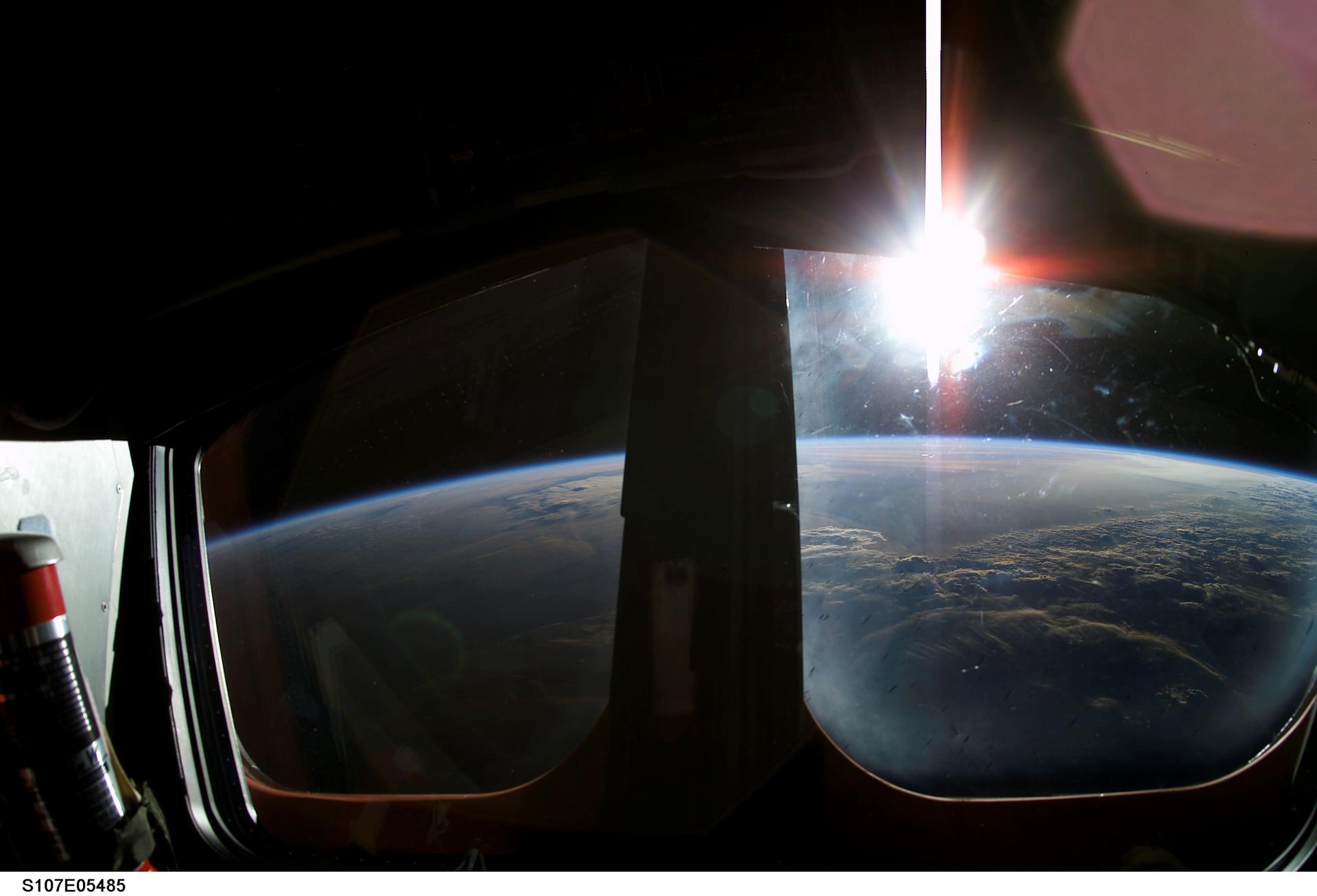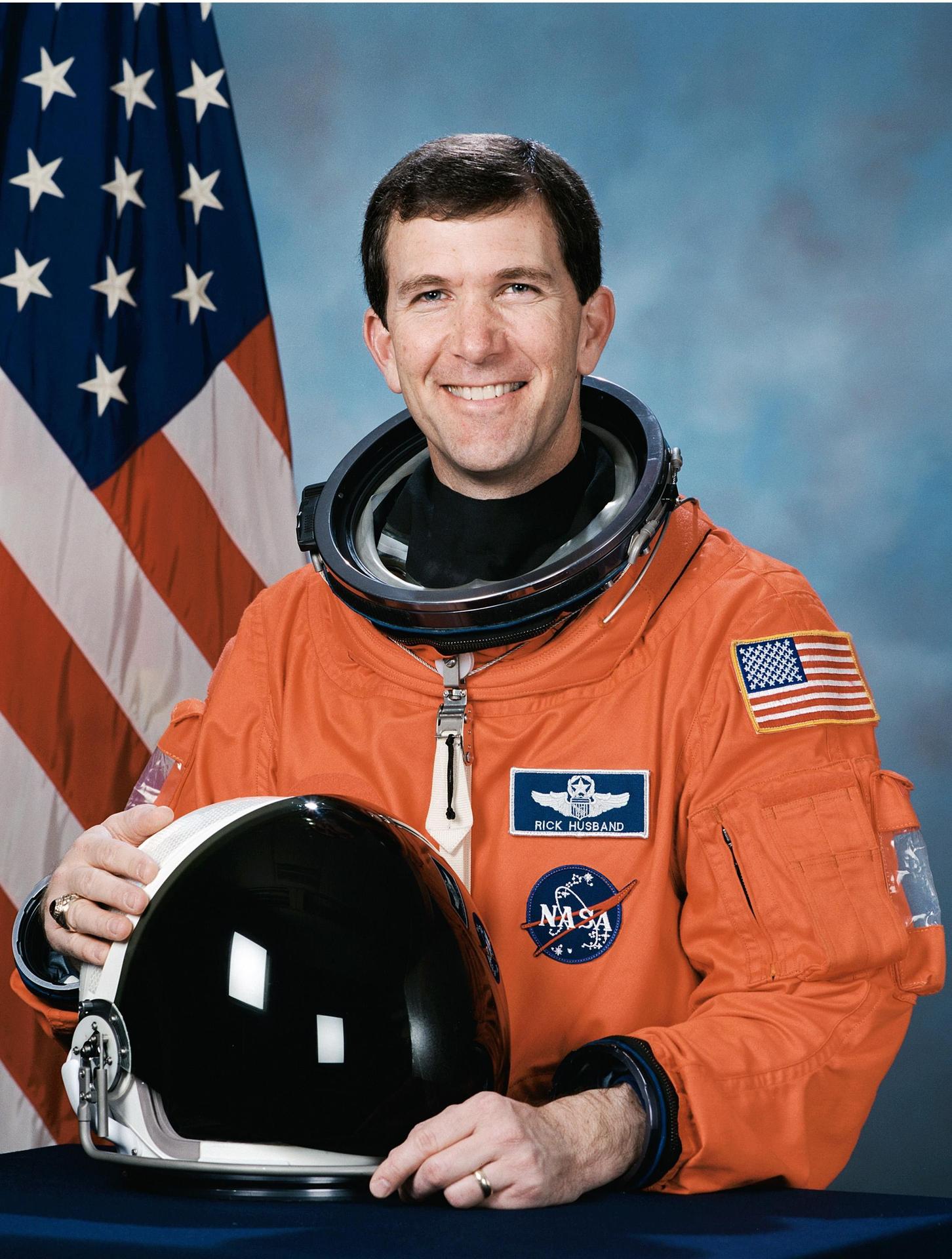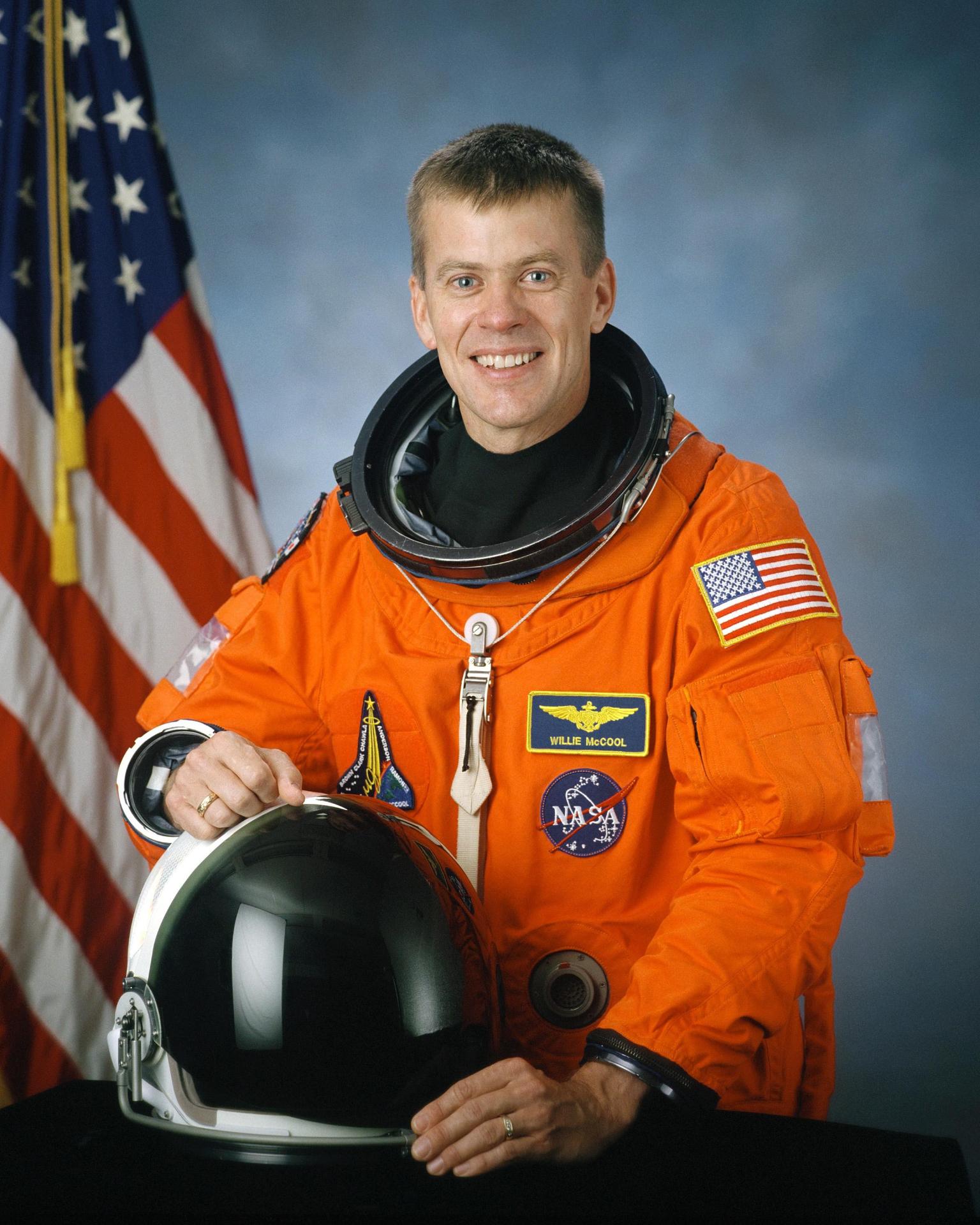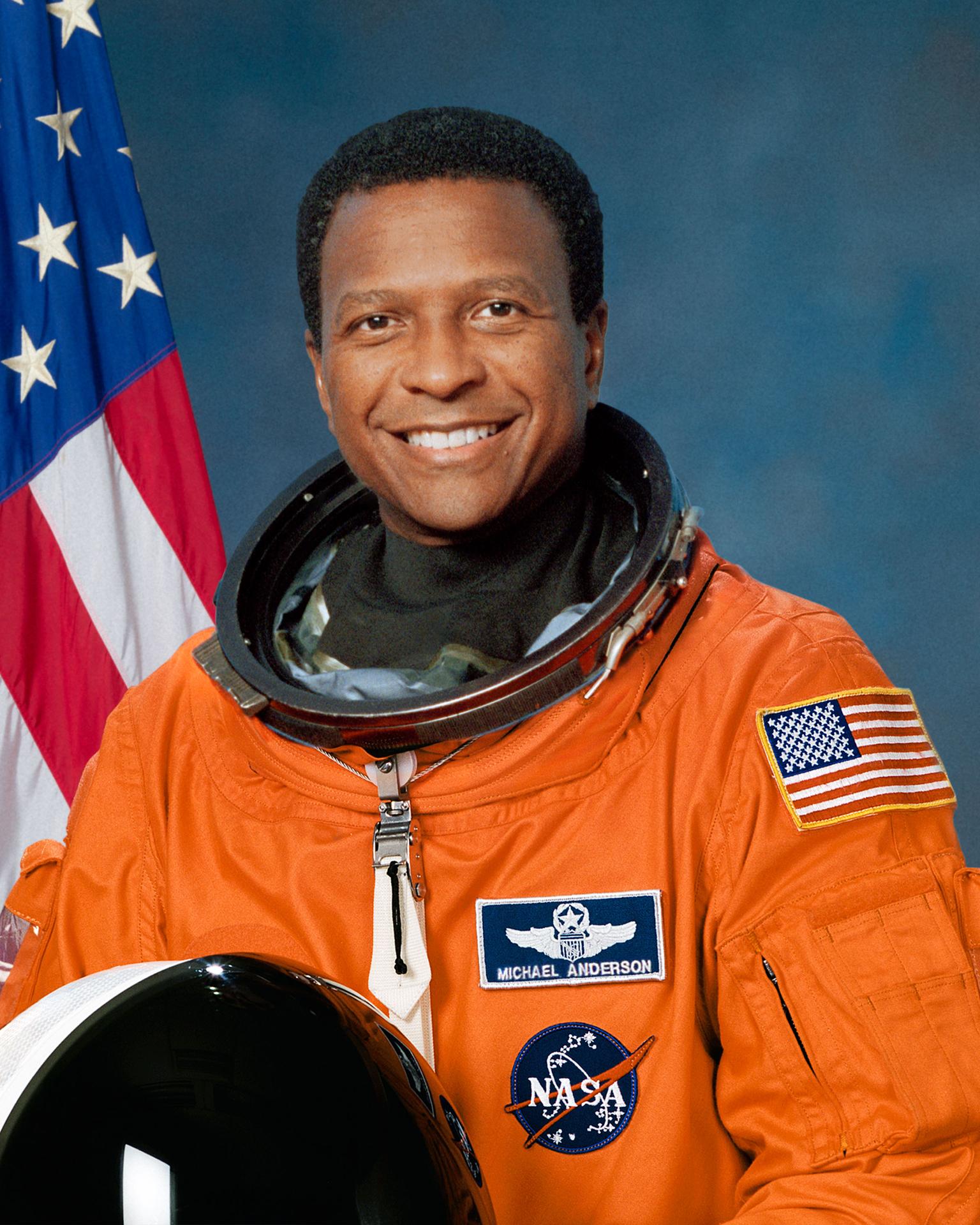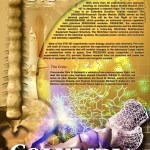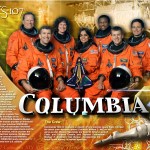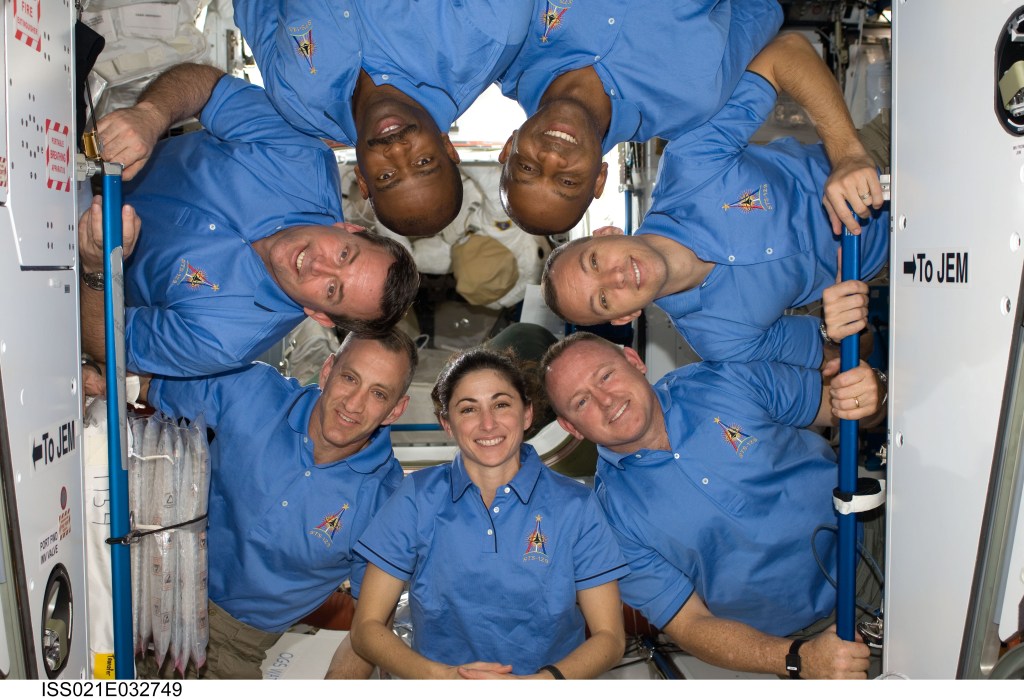
STS-107
The first shuttle mission in 2003, STS-107 marked the 113th flight overall in NASA's Space Shuttle program and the 28th flight of the Space Shuttle Orbiter Columbia. While en route to landing at Kennedy Space Center on Feb. 1 after a 16-day mission, Columbia and crew were lost during reentry over east Texas at about 9 a.m. EST, 16 minutes prior to the scheduled touchdown at KSC.
Orbiter
Launch
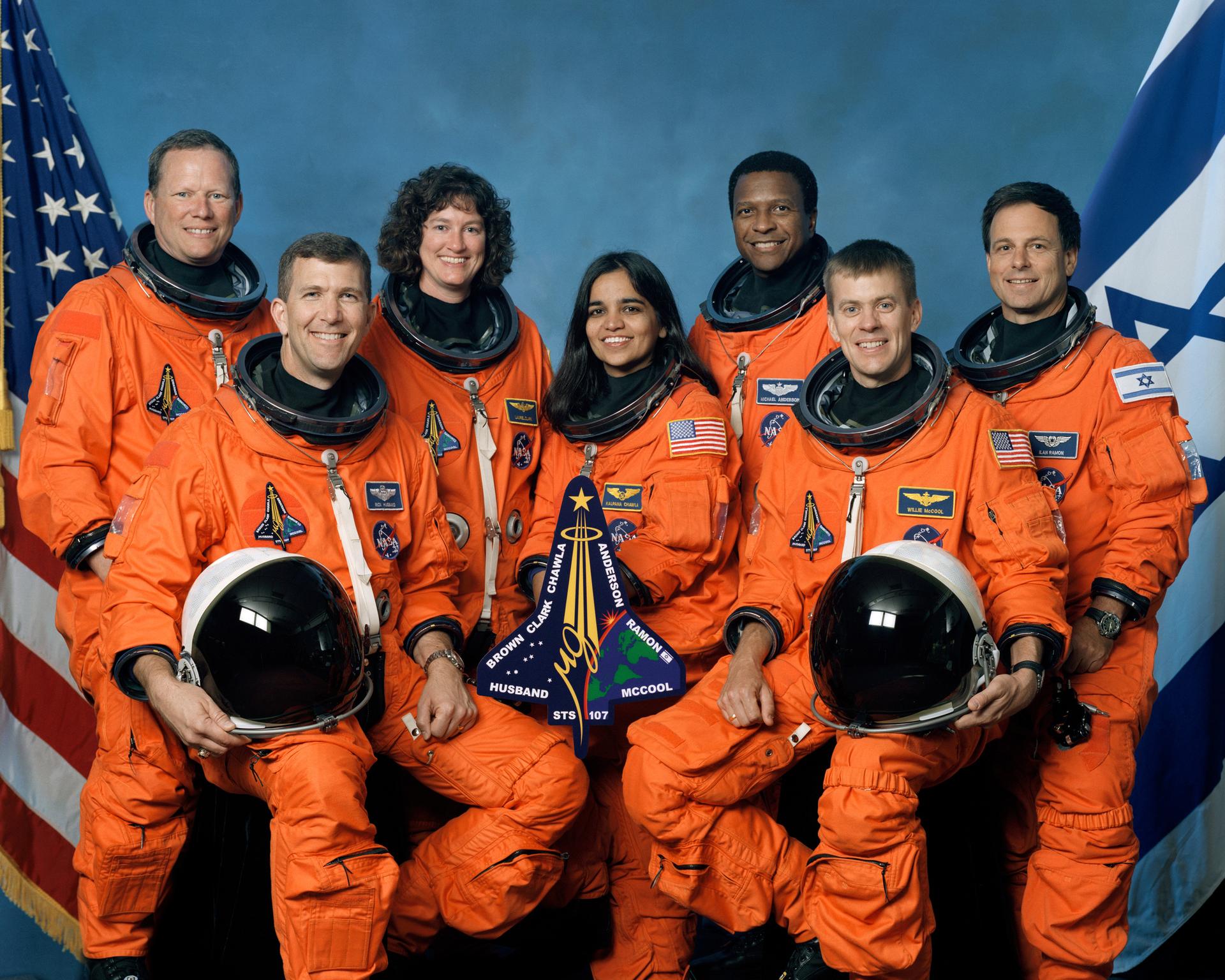
Protecting the Future of Spaceflight by Preserving the Columbia Legacy
Every day Michael Ciannilli walks among the more than 84,000 artifacts of the Space Shuttle Columbia. Some are very small…
Read the Story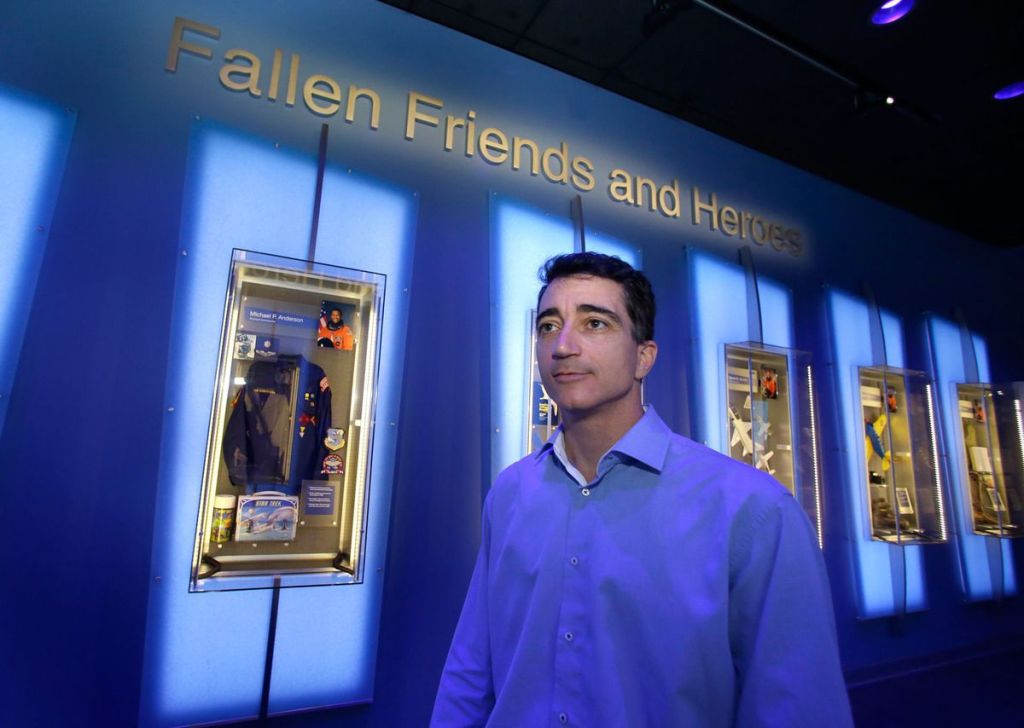
Mission Facts
Mission: Migrogravity Research Mission/SPACEHAB
Space Shuttle: Columbia
Launch Pad: 39A
Launched: January 16, 2003, 10:39 a.m. EST
Crew
Rick D. Husband, Commander
William C. McCool, Pilot
Kalpana Chawla, Mission Specialist
David M. Brown, Mission Specialist
Laurel B. Clark, Mission Specialist
Michael P. Anderson, Payload Commander
Ilan Ramon, Payload Specialist
Launch Highlights
Jan. 16, 2003, at 10:39 a.m. EST, Columbia lifted off on time on the first shuttle mission of the year. It carried seven crew members, including the first Israeli astronaut, on a marathon international scientific research flight.
Landing
KSC landing was planned for Feb. 1 after a 16-day mission, but Columbia and crew were lost during reentry over East Texas at about 9 a.m. EST, 16 minutes prior to the scheduled touchdown at KSC. A seven-month investigation followed, including a four month search across Texas to recover debris. The search was headquartered at Barksdale Air Force Base in Shreveport, La. Nearly 85,000 pieces of orbiter debris were shipped to KSC and housed in the Columbia Debris Hangar near the Shuttle Landing Facility. The KSC debris reconstruction team identified pieces as to location on the orbiter, and determined damaged areas. About 38 percent of the orbiter Columbia was eventually recovered.
Mission Highlights
As a research mission, the crew was kept busy 24 hours a day performing various chores involved with science experiments.
Experiments in the SPACEHAB RDM included nine commercial payloads involving 21separate investigations, four payloads for the European Space Agency with 14 investigations, one payload/investigation for ISS Risk Mitigation and 18 payloads supporting 23 investigations for NASA’s Office of Biological and Physical Research (OBPR).
In the physical sciences, three studies inside a large, rugged chamber examined the physics of combustion, soot production and fire quenching processes in microgravity. These experiments provided new insights into combustion and fire suppression that cannot be gained on Earth.
An experiment that compresses granular materials in the absence of gravity furthered our understanding of construction techniques. This information can help engineers provide stronger foundations for structures in areas where earthquakes, floods and landslides are common.
Another experiment evaluated the formation of zeolite crystals, which can speed the chemical reactions that are the basis for chemical processes used in refining, biomedical and other areas. Yet another experiment used pressurized liquid xenon to mimic the behaviors of more complex fluids such as blood flowing through capillaries.
In the area of biological applications, two separate OBPR experiments allowed different types of cell cultures to grow together in weightlessness to elevate their development of enhanced genetic characteristics — one use was to combat prostate cancer, the other to improve crop yield. Another experiment evaluated the commercial usefulness of plant products grown in space.
A facility for forming protein crystals more purely and with fewer flaws than is possible on Earth may lead to a drug designed for specific diseases with fewer side effects.
A commercially sponsored facility housed two experiments to grow protein crystals to study possible therapies against the factors that cause cancers to spread and bone cancer to inflict intense pain on its sufferers.
A third experiment looked at developing a new technique of encapsulating anti-cancer drugs to improve their efficiency.
Other studies focused on changes, due to space flight, in the cardiovascular and musculoskeletal systems; in the systems which sense and respond to gravity; and in the capability of organisms to respond to stress and maintain normal function.
NASA also tested a new technology to recycle water prior to installing a device to recycle water permanently aboard the International Space Station.
The European Space Agency (ESA), through a contract with SPACEHAB, flew an important payload focused on astronaut health, biological function and basic physical phenomena in space. These experiments addressed different aspects of many of the same phenomena that NASA is interested in, providing a more thorough description of the effects of space flight, often in the same subjects or specimens.
ESA performed seven in-flight experiments, and one ground-based, on the cardiopulmonary changes that occur in astronauts.
Additional ESA biological investigations examined bone formation and maintenance; immune system functioning; connective tissue growth and repair; and bacterial and yeast cell responses to the stresses of space flight.
A special facility grew large, well-ordered protein and virus crystals that were expected to lead to improved drug designs. Another studied the physical characteristics of bubbles and droplets in the absence of the effects of Earth’s gravity.
SPACEHAB was also making it possible for universities, companies and other government agencies to do important research in space without having to provide their own spacecraft.
The Canadian Space Agency sponsored three bone-growth experiments, and was collaborating with ESA on two others.
The German Space Agency measured the development of the gravity-sensing organs of fish in the absence of gravity.
A university was growing ultra-pure protein crystals for drug research. And another university was testing a navigation system for future satellites.
The U.S. Air Force was conducting a communications experiment. Students from six schools in Australia, China, Israel, Japan, Liechtenstein and the United States were probing the effects of space flight on spiders, silkworms, inorganic crystals, fish, bees and ants, respectively.
There were also experiments in Columbia’s payload bay, including three attached to the top of the RDM: the Combined Two-Phase Loop Experiment (COM2PLEX), Miniature Satellite Threat Reporting System (MSTRS) and Star Navigation (STARNAV).
There were six payloads/experiments on the Hitchhiker pallet — the Fast Reaction Experiments Enabling Science, Technology, Applications and Research (FREESTAR), which was mounted on a bridge-like structure spanning the width of the payload bay. These six investigations looked outward to the Sun, downward at Earth’s atmosphere and inward into the physics of fluid phenomena, as well as tested technology for space communications.
FREESTAR held the Critical Viscosity of Xenon- 2 (CVX-2), Low Power Transceiver (LPT), Mediterranean Israeli Dust Experiment (MEIDEX), Space Experiment Module (SEM- 14), Solar Constant Experiment-3 (SOLCON-3) and Shuttle Ozone Limb Sounding Experiment (SOLSE-2). The SEM was made up of 11 separate student experiments from schools across the U.S. and was the 14th flight of a SEM on the space shuttle.
Additional secondary payloads were the Shuttle Ionospheric Modification with Pulsed Local Exhaust Experiment (SIMPLEX) and Ram Burn Observation (RAMBO).
During the debris recovery activities, some of the Columbia experiments were found. Scientists have indicated valuable science will still be produced. Much of the scientific data was transmitted to experimenters on the ground during the flight.
Remembering the Columbia STS-107 Mission
Get in-depth information about the STS-107 flight, the February 1, 2003 accident, and subsequent investigations by the Columbia Accident Investigation Board.
Explore STS-107 Resources about Remembering the Columbia STS-107 Mission